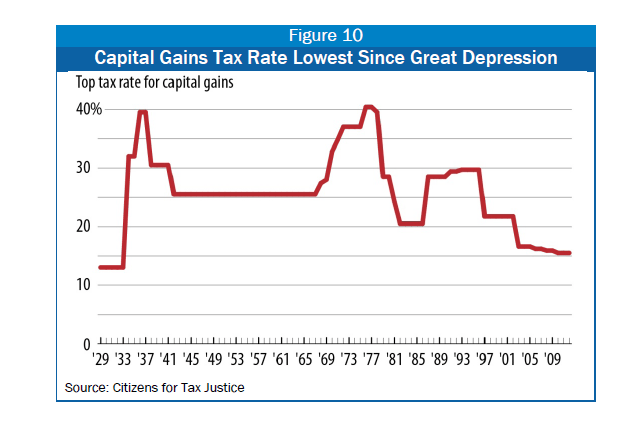One of the major impacts of Globalization in the past few decades is that large companies have become truly global and no longer depend on one country or territory to do business.The strong growth of Multi-National Companies (MNCs) confirms this phenomenon. American MNCs, for example, have established production facilities overseas and employ millions of workers there to meet the rising demand for their products and services. Similarly MNCs from other countries employ thousands of workers in the U.S. in order to cater to the U.S. market.
Traditionally European firms have been some of the largest investors in the U.S. contributing for a sizable chunk of the Foreign Direct Investment (FDI) coming into the country. Among European companies, German companies have a strong presence in the U.S. market.These German multinationals not only employ thousands of workers directly but also help create many more jobs indirectly.The contribution of these companies’ to the individual U.S. states where they have production facilities and to the overall U.S. economy in general is significant.
With 12.5 million people unemployed in the country as of August and most American firms still reluctant to hire, some of the German companies operating in the U.S. are actually expanding and adding workers. In fact, the top 50 German firms now create 461,000 jobs compared to 427,000 jobs in 2010. The sales performance of the companies also increased from $295 billion in 2010 to $318 billion last year.
The following table lists the top 50 German employers in the U.S. based on number of employees:
[TABLE=1068]
Source: German American Trade, May/June 2012, German American Chambers of Commerce
Due to the strong growth in the automotive industry, Daimler Group ranked the highest in the U.S. followed by Volkwagen Group based on sales. Siemens (SI) is the largest employer in the U.S. with over 60,000 employees followed by Fresenius Medical Care(FSNUY), the world’s largest dialysis services provider with over 45,000 people. Some of the large German chemical firms such as BASF AG(BASFY), Linde (LNEGY), etc. also have a strong presence in the U.S.
Disclosure: Long EONGY, HENKY


